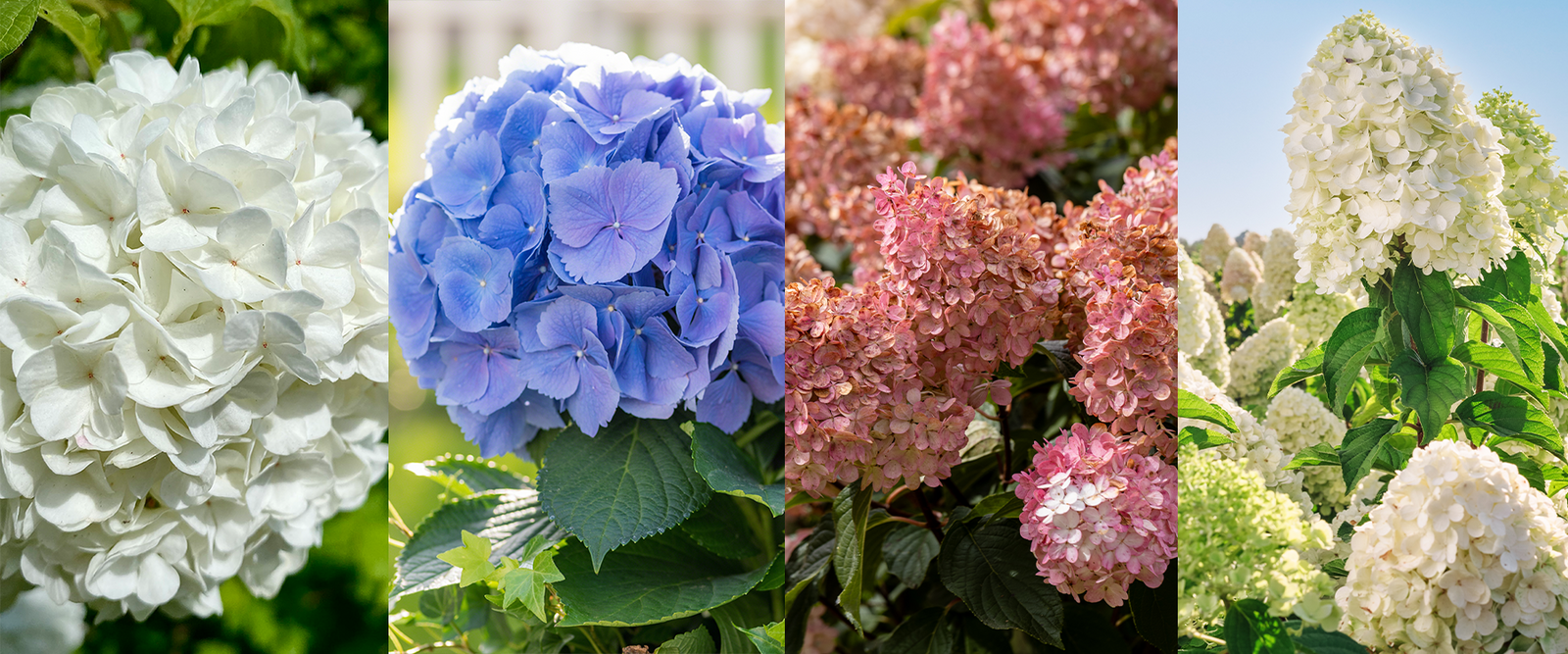If you have a hydrangea gracing your garden, or if you're considering adding one, you're in for a treat. The captivating foliage and vibrant blossoms can truly make your garden stand out. To ensure your hydrangeas thrive, it's crucial to place them in a well-lit area, keep them well-hydrated, and, of course, practice proper pruning.
Pruning hydrangeas can often feel a bit daunting. However, you don't need to be a gardening pro to keep your hydrangeas healthy and beautiful! Read on for a few simple tips to help you achieve healthy and beautiful hydrangeas.
-
Identify Your Hydrangea Type:
With around 70 to 80 species, hydrangeas offer a vast variety. Popular types include Bigleaf Hydrangea, Climbing Hydrangea, Smooth Hydrangea, Mountain Hydrangea, Oakleaf Hydrangea, and Panicle Hydrangea. Each type has unique growing requirements, so knowing what kind you have makes pruning easier.

-
Know When Your Hydrangea Blooms
Once you figure out what type of Hydrangea you have, you can determine whether it blooms on old or new wood.
Hydrangeas like Bigleaf, Oakleaf, and Mountain bloom on “old wood,” producing buds in summer. Prune them immediately after flowering and avoid pruning them in spring or winter, which could lead to a bloomless plant that year. Climbing Hydrangea also blooms on “old wood” during the previous season, but it should be pruned only when necessary, during winter or early spring to control its size.
Smooth Hydrangea and Panicle Hydrangeas bloom on “new wood,” meaning their flower buds emerge in spring. Since the buds won’t appear during winter, you can prune them in late winter or early spring, before new growth begins.

-
Set Clear Goals:
Define your pruning goals – tidying up, enhancing the appearance, maintaining cleanliness, or improving vigor. Depending on your goal, selectively trim dead, damaged, or diseased stems, remove old stems for vigor, or cut back for larger flowers. Having a goal helps you focus on specific tasks.

-
Deadhead Strategically:
While hydrangea’s large blossoms might give you pause, deadheading is beneficial. It redirects the plant's energy to vital areas, keeping it fresh and healthy. Deadhead during the blooming season to encourage new flower growth, and stop in mid to late fall to avoid removing buds for the next year.
-
Invest in good tools:
Bypass pruners work best for pruning hydrangeas. These garden shears work like scissors, with the blades passing by each other to make a cut. Ensure your shears are sharp for clean cuts, and disinfect them before and after use to prevent disease transfer.
Following these simple tips will not only demystify pruning but also ensure your hydrangeas flourish with stunning blooms. Happy pruning!




